
How to Manage Property Risk in 2025 with Smarter Valuation and Technology
As extreme weather events and insurance costs rise, property owners must adopt data-driven valuation, smart tech, and alternative coverage to remain insurable.
July 7
Catastrophe
Property
Risk Management
Technology
California
Florida

Auto Claims Profitability Improves Amid Rising Casualty Costs and Trade Issues
Insurance industry sees auto physical damage profitability recover, while casualty sectors grapple with increased medical inflation and social verdicts.
June 25
California
Colorado
Florida
Illinois
New Jersey

Why Florida, Texas, and California Lead the Nation in Lightning Insurance Claims
Florida, Texas, and California consistently rank highest for lightning-related insurance claims due to storm frequency, surge damage, and wildfire-triggered losses.
June 24
Catastrophe
Insurance Industry
Property
Risk Management
California
Florida
Texas

Insurance Leaders Highlight Litigation and AI Trends at JIF 2025 Forum
Insurance executives discuss navigating escalating litigation risks and embracing generative AI to enhance efficiency and rebuild consumer trust amid evolving uncertainties.
June 24
Insurance Industry
Legislation & Regulation
Litigation
Technology
Florida

Inside the Auto Glass Fraud Crisis
Auto glass scams are costing U.S. drivers billions, fueled by deceptive ‘free’ repairs and AOB schemes. Insurers and lawmakers are responding with pre-inspection programs and tougher penalties.
June 23
Auto
Fraud
Legislation & Regulation
Litigation
Florida
Kentucky
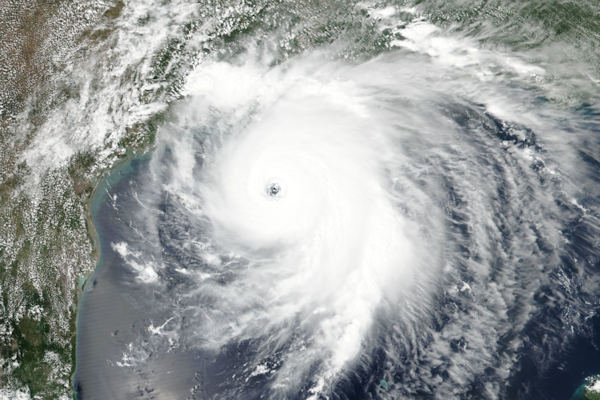
Colorado State University Predicts Above Normal 2025 Atlantic Hurricane Season
The 2025 Atlantic hurricane season is projected to be above-average with 17 named storms, nine hurricanes and four major hurricanes, increasing landfall risks along U.S. and Caribbean coasts.
June 19
Catastrophe
Insurance Industry
Property
Risk Management
Florida
Texas

Florida Appeals Court Rebukes Citizens Property Insurance Over Roof Claim Denial
A Florida appeals court held that Citizens Property Insurance wrongly denied a roof damage claim and can’t invoke staged-payment rules until coverage is acknowledged, giving homeowners a second chance.
June 19
Insurance Industry
Legislation & Regulation
Litigation
Property
Florida

Updated Hurricane Loss Model Approved by Florida Commission
Florida’s hurricane model commission approves Karen Clark & Co.’s Version 5.0, featuring enhanced climate data, upgraded vulnerability functions, and new coverage modeling capabilities.
June 12
Catastrophe
Property
Risk Management
Technology
Florida
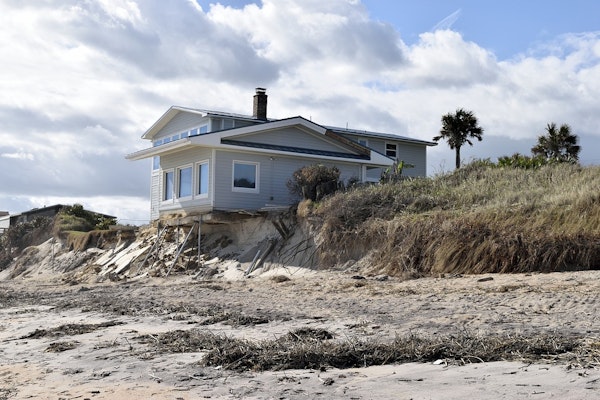
Natural Disasters and Legal Pressures Are Driving Up Homeowners Insurance Costs Nationwide
Homeowners insurance is becoming less affordable nationwide as natural disasters, legal system strain, and rising repair costs drive premiums higher, especially in disaster-prone states.
June 11
Catastrophe
Insurance Industry
Litigation
Property
Alaska
Florida
Louisiana
Maryland
Mississippi
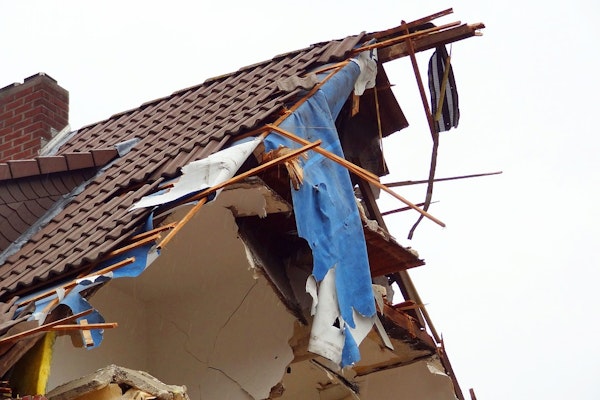
How Georgia Can Tackle Rising Insurance Premiums and Loss Ratios
Georgia homeowners face surging premiums after back-to-back hurricanes. Lawmakers and insurers are exploring solutions to stabilize the market and protect consumers.
June 9
Catastrophe
Legislation & Regulation
Property
Risk Management
Alabama
Arkansas
Florida
Georgia
Louisiana
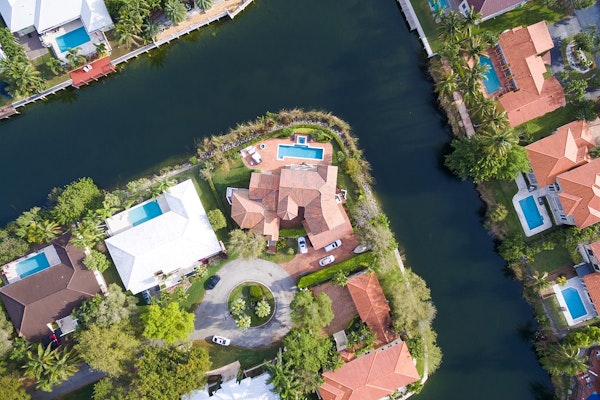
Florida Property Insurers Return to Profit in 2024 After Eight-Year Losing Streak
Following legislative reforms and shifting market dynamics, Florida’s personal property insurers posted underwriting profits in 2024 for the first time in nearly a decade.
June 4
Catastrophe
Insurance Industry
Legislation & Regulation
Property
Florida
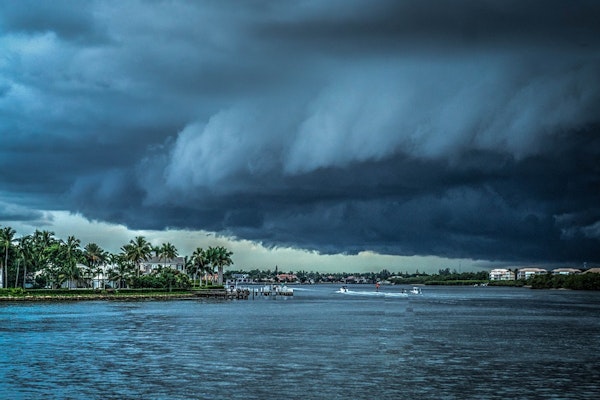
Slightly Stronger 2025 Hurricane Season Expected Amid Climate Uncertainty
Forecasters anticipate a slightly above-average 2025 hurricane season in the Atlantic, though key uncertainties in ENSO and sea temperatures complicate predictions.
June 4
Catastrophe
Insurance Industry
Property
Risk Management
Florida

Fishermen Face Rising Safety Risks as Federal Training Programs Lose Funding
Federal budget cuts threaten safety training programs for fishing, farming, and logging workers—among the nation’s most dangerous jobs—potentially leaving crews at greater risk.
June 2
Catastrophe
Education & Training
Legislation & Regulation
Risk Management
Alaska
Florida
Iowa
Maine
Massachusetts

Storm Surge Risk Threatens Billions in Coastal Property Value Across 20 States
Over 6.4 million homes in coastal U.S. states face moderate or greater storm surge risk, with $2.2 trillion in potential reconstruction costs, according to 2025 Cotality data.
June 2
Catastrophe
Legislation & Regulation
Property
Risk Management
Alabama
Connecticut
Delaware
District Of Columbia
Florida

Millions of Homes Unprotected as Climate-Driven Insurance Costs Soar
New research shows insurance protects against climate disasters, but millions of flood-prone homes remain uninsured as premiums climb beyond affordability.
May 20
Catastrophe
Legislation & Regulation
Property
Risk Management
California
Florida
Kentucky
Louisiana
New York





